DEPARTMENT OF NEUROLOGY
The Neurology Department covers a wide range of Neurological diseases related to the central and peripheral nervous system in human beings. There are numerous neurological symptoms including headache, dizziness, loss of consciousness, seizure, neuropathic pain, hand tremor, gait disturbance, sleep problem, memory loss and paralysis. Neurological diseases can be divided into several categories; headache, dizziness, ischemic stroke, epilepsy, infection in the nervous system, neuromuscular diseases, polyneuropathy, demyelinating diseases, movement disorder and cognitive disorder.
Major categories of neurological diseases and related common diseases are as below:
- Headache – Tension type headache, migraine, cluster headache, exercise induced headache, drug overdose headache, space occupying lesion such as tumor or inflammation.
- Dizziness – Benign paroxysmal positional vertigo, vestibular neuronitis, Meniere’s disease, vertebra-basilar insufficiency, ischemic stroke.
- Ischemic stroke – Cerebral atherosclerosis, Acute/subacute/chronic cerebral infarction, transient ischemic attack (TIA).
Main symptoms of stroke are as below:
- Sudden weakness and/or numbness in one side of body
- Sudden difficulty in pronunciation (dysarthria) with or without facial palsy
- Sudden difficulty in gait (ataxia)
- Sudden spinning sensation (vertigo)
- Sudden loss of consciousness
- Sudden visual loss or defect in visual field
- Sudden double vision (diplopia)
- Sudden severe headache
Seizure disorder – Temporal lobe epilepsy, poststroke seizure, Juvenile myoclonic epilpesy.

- Neuro-infection- Meningitis, encephalitis caused by virus, bacteria, tuberculosis or fungus.
- Movement disorder- Essential tremor, physiologic tremor, Parkinson’s disease, Parkinsonism, cerebellar atrophy, multiple systemic atrophy.
- Cognitive disorder- Mild Cognitive Impairment, Alzheimer’s disease, vascular dementia, fronto-temporal dementia.
- Polyneuropathy- Congenital polyneuropathy, polyneuropathy caused by diabetes mellitus and drugs, Guillain-Barre Syndrome, Carpal tunnel syndrome, Chronic Inflammatory Demyelinating Polyneuropathy.
- Neuromuscular disease- Myasthenia Gravis, Lambert-Eaton syndrome.
- Demyelinating disease – Multiple sclerosis, Transverse myelitis.

- Brain CT and CT angiography – CT scan are especially useful for hemorrhagic stroke. CT scans can also be used to screen and detect certain neurological diseases such as ischemic stroke, tumor and brain atrophy. CT angiography is known to be more accurate than MR angiography in terms of detecting cerebral aneurysm & narrowing of cerebral arteries. In addition, CT scans takes less time than MRI scans and can be used in emergency rooms to rule out hemorrhagic stroke early. However, patients need to be made aware that CT scans emit radiation to some extent.
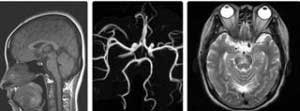
- Brain MRI and MR angiography – MRI scans are usually used for the definite diagnosis of ischemic stroke, and are able to differentiate between new and old infarctions, which CT scan cannot. Resolution of an MRI is better than that of a CT scan, however, it takes longer time to perform MRI compared to CT. Furthermore, MRIs are able to find several kinds of important neurological diseases including meningitis, encephalitis, multiple sclerosis, parkinsonism, hypoxic ischemic brain injury, metabolic encephalopathy and cerebral atrophy etc.

- Transcranial Doppler (TCD) – TCD is a useful method to observe and follow up the narrowing of cerebral arteries which are found by MR angiography or CT angiography. It is well known that Moyamoya disease shows typical findings on TCD. Furthermore, TCD is capable of detecting microemboli by using air bubbles which are usually caused by Patent Foramen Ovale in the heart.
- Electromyography (EMG) – EMG is also called needle EMG because it uses needle which consists of a cathode and anode. In order to perform EMG, needle is inserted into muscle and can cause pain and discomfort, which usually disappears within a few days. EMG is useful for diagnosing ALS, myositis and neuropathy.

- Nerve Conduction Study (NCS) – NCS uses an electrical current to stimulate nerves and measures several parameters, such as nerve conduction velocity, amplitude, latency. Major diseases which can be diagnosed using NCS are polyneuropathy including Guillain Barre Syndrome and Chronic Inflammatory Demyelinating Polyneuropathy, Bell’s palsy, Carpal tunnel syndrome, brachial plexopathy, Myasthenia Gravis and other nerve injuries.
- Electroencephalogram (EEG) – EEG measures electrical currents on the head skin using electrodes. Main indications of EEG are epilepsy, metabolic encephalopathy, hypoxic brain injury and brain death.

- Evoked potential (EP) – There are several kinds of EPs such as VEP, BAEP, SSEP and MEP. Visual Evoked Potential is useful in patients with optic neuritis and BAEP is helpful for detecting brainstem lesion and acoustic neuroma. SSEP (Somatosensory Evoked Potential) is performed in order to measure functions of the spinal cord in patients with spinal cord lesions including multiple sclerosis and transverse myelitis.
- Polysomnography including MSLT – Polysomnography (PSG) is a good method to diagnose sleep apnea, restless leg syndrome, periodic limb movement disorder and REM sleep disorder by measuring multiple parameters such as oxygen saturation, EEG and respiratory efforts and by observing abnormal behavior during sleep using a video camera. In addition, a Multiple Sleep Latency test (MSLT) is performed to diagnose narcolepsy.

- Intima-media thickness (IMT) using ultrasound device – Measurement of IMT is a useful method to detect narrowing and dissection in carotid arteries. Additionally, it is safer than MR angiography and CT angiography because it uses ultrasound and causes no harm to patients. Measurement of IMT indicates the degree of atherosclerosis in patients with high blood pressure, high blood sugar, high cholesterol and smoking.
Our Doctors
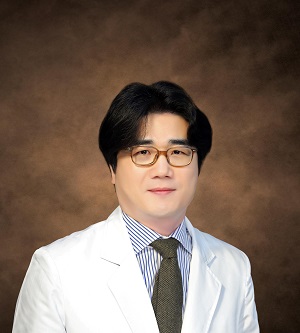
Dr. Won Jun Choi
Neurology
Representative of Neurology
Deputy Chief Medical Officer
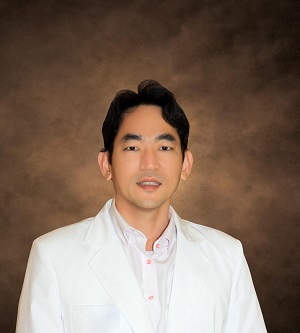
Dr. Dong hoon Oh
Neurology
Chair of Neuroscience Center
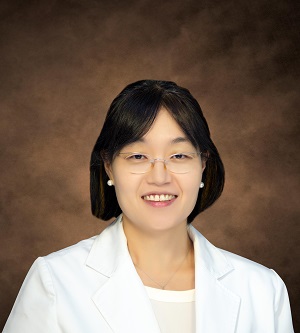
Dr. Seon Joo Kwon
Neurology
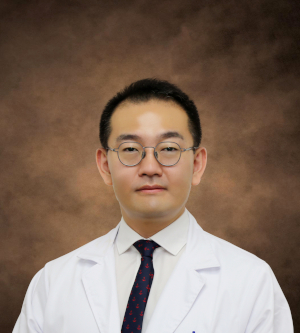
Dr. Won Huh
Neurosurgery consultant

